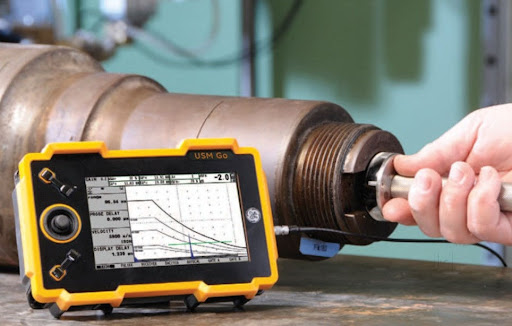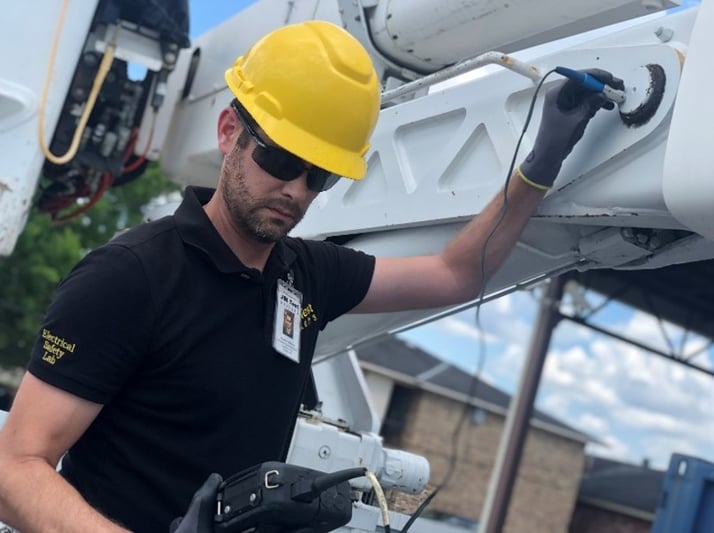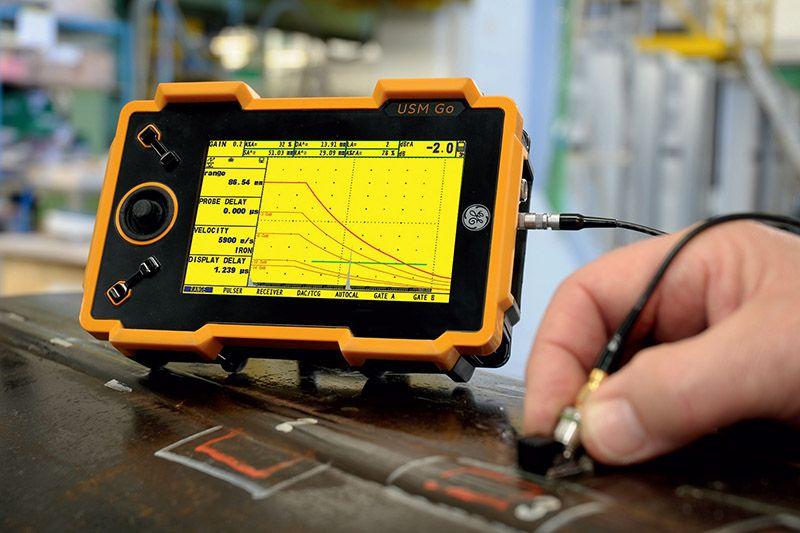In the realm of quality assurance, the role of inspection is pivotal in maintaining high standards and ensuring safety. The latest research on frequency in inspection reveals intriguing insights into how often inspections should occur to maximize efficiency and effectiveness. This research is essential for Industry QA Professionals who strive to optimize their processes and ensure the highest quality of products and services.

Understanding Inspection Frequency
The concept of inspection frequency refers to how often inspections are conducted on equipment, processes, or products. It’s a critical aspect of quality management, as too frequent inspections can lead to unnecessary downtime and costs, while infrequent inspections can miss defects or potential failures.
The Importance of Regular Inspections
Regular inspections are crucial in identifying potential issues before they escalate into significant problems. They help in maintaining compliance with industry standards and regulations, reducing the risk of accidents, and enhancing overall product quality.
Factors Influencing Inspection Frequency
Several factors determine the appropriate frequency of inspections, including the type of equipment, its age, usage patterns, and the environment in which it operates. Recent studies have shown that a risk-based approach, which considers these factors, is more effective than a one-size-fits-all strategy.
Risk-Based Inspection Strategies
A risk-based approach tailors the frequency of inspections based on the potential risks associated with a particular piece of equipment or process. This method allows for more efficient allocation of resources and ensures that high-risk areas receive the attention they need.
Technological Advancements in Inspection
Technological innovations are transforming the way inspections are conducted. Tools like drones, AI, and IoT devices are providing new ways to monitor and assess equipment, leading to more precise and timely inspections.
Drones and Remote Inspection
Drones have become a game-changer in the field of inspections, especially in hard-to-reach areas. They provide a safe and efficient way to conduct inspections, reducing the need for manual checks in dangerous locations.
AI and Predictive Maintenance
Artificial Intelligence (AI) is being used to analyze data from inspections, predicting when equipment is likely to fail. This predictive maintenance approach allows for proactive repairs, reducing downtime and increasing reliability.
Case Studies and Real-World Applications
Several industries have successfully implemented the latest research findings into their inspection processes. For example, in the wind energy sector, frequency analysis helps in optimizing turbine inspections, ensuring they operate efficiently.
For more insights on frequency analysis in wind turbine inspection, explore this detailed study.
Challenges and Solutions in Inspection Frequency
Despite the advancements, challenges still exist in determining the optimal inspection frequency. These include balancing cost with benefit, ensuring compliance, and adapting to technological changes.
Balancing Cost and Benefit
The cost of inspections can be significant, especially in industries with extensive equipment. However, the benefits of preventing failures and ensuring safety often outweigh these costs.
Ensuring Compliance
Staying compliant with industry regulations is a major concern for many companies. Regular inspections help in meeting these requirements and avoiding potential penalties.
The Future of Inspection Frequency
The future of inspection frequency lies in further integration of technology, continuous research, and adaptation to emerging trends. As new tools and methods are developed, they will shape how inspections are conducted, making them more efficient and effective.
Continuous Research and Development
Ongoing research is essential in refining inspection frequency strategies. By staying updated with the latest findings, companies can ensure they are implementing best practices.
Conclusion
The latest research on frequency in inspection highlights the importance of tailoring inspection schedules to specific needs, leveraging technology, and adopting a risk-based approach. As the industry continues to evolve, staying informed and adaptable will be key to maintaining high standards of quality and safety.
For a deeper understanding of frequency in inspection tools, visit this resource.
Additionally, you can explore how lifting equipment inspection frequency can be optimized.

FAQ
What factors determine inspection frequency?
The frequency of inspections is influenced by factors such as equipment type, usage, environment, and potential risks associated with the equipment.
How does technology impact inspection frequency?
Technological advancements like AI, drones, and IoT devices enable more efficient and precise inspections, potentially altering traditional inspection schedules.
What is a risk-based inspection strategy?
A risk-based strategy focuses on tailoring inspection frequency based on the specific risks associated with equipment or processes, rather than using a uniform approach.
This article contains affiliate links. We may earn a commission at no extra cost to you.
